Welcome to this 72th edition of Decode Quantum. Our guests are Cécile Perrault, Jérémie Guillaud and Diego Ruiz from Alice&Bob. This is our second podcast with Alice&Bob, since we had their two cofounders Théau Peronnin and Raphael Lescanne in 2020. Since then, things have changed and the company has grown to new levels. I was of course still with Fanny Bouton from OVHcloud. The podcast is also available on Frenchweb.

Cécile Perrault has been in charge of innovation projects and partnerships for Alice&Bob since her arrival in the startup in January 2023. Beforehand, she was an entrepreneur, Chief Science Officer and cofounder of the medtech and microfluidics startup Eden Tech. She was previously an assistant professor and researcher at the University of Sheffield in the UK, also in microfluidics, for 6 years. She was also a researcher at the Institute for Bioengineering of Catalonia (IBEC). She did a post-doc at McGill in Montreal after a PhD from the University of Florida, always in medtech.
Jérémie Guillaud is the Chief of Theory at Alice&Bob since 2020. He was previously a PhD student at Inria in the Quantic team under the supervision of Mazyar Mirrahimi and at ENS Paris. Yes, the guy behind the invention of cat-qubits back in 2013. He is an engineer from École Polytechnique.
Diego Ruiz is currently a PhD student at Alice&Bob and ENS, since 2022. He is also an engineer from École Polytechnique and holds a Master of Science from ETH Zurich. Shorter bio, younger you are… but you are also a science influencer with 260K followers on Tiktok and 130K on YouTube.
Here are the key topics of discussion with them:
How did they land in quantum?
For Diego Ruiz, it happened at the end of his studies at Ecole Polytechnique. He did like quantum physics and wanted to go in an exciting scientific field, which was either AI or quantum. He learned about a ETH Zurich quantum master and selected it. He worked in Andreas Wallraff’s team. He also started his Tiktok videos when he was studying at ETH Zurich.
Jérémie Guillaud landed in quantum computing by chance when he had one class on quantum control in mathematics at Jussieu. he discovered Serge Haroche’s work and also Pierre Rouchon and Mazyar Mirrahimi. He then joined them for a PhD. He learned about quantum computing while being in this team.
Cécile Perrault came into quantum computing by chance. She comes from a very different field (medtech). She likes bringing research in society and want to expand the reach of this field. Quantum is the ultimate deeptech for her and a very interesting one.
Their thesis topic?
Cécile Perrault: Cellular adhesion of normal and cancerous colon cells effects of surface topography en 2007. Et une longue bibliographie dans Google Scholar. She came there with an engineering background, working on heterogeneous systems with hardware and software. It was also a good association between theory and practice.
Jérémie Guillaud: Repetition cat-qubits under the supervision of Mazyar Mirrahimi in 2020. It was about proposing an FTQC architecture for cat-qubits, filling various gaps, proposing new gates, and analyzing the performance of such a computer.
Diego Ruiz: Scaling up a bosonic quantum processor for quantum information processing, also under the supervision of Mazyar Mirrahimi. The thesis is still going on with a bigger project on LDPC.
Now back to Alice & Bob. It has been a while since 2020. The startup has grown, with nearly 100 people. They announced the tape-out (manufacturing) of their Helium-1 16-physical cat-qubit chip at the end of 2023 that is supposed to demonstrate a first logical qubit in the near future, as well as an ambitious roadmap to create 100 logical qubits by the end of the decade.
Jérémie, can you tell us what has happened in 4 years and the state of play of Alice&Bob on the side of cat qubits.
The story was about transitioning from a lab to a company and from a theoretical vision to a practical one. It was based on three main hypothesis: and exponential suppression of bit flips (Raphael Lescanne’s PhD brought a 200x improvement), then, with massive engineering, it went up to a 10 s T1, published in a Nature paper: Quantum control of a cat-qubit with bit-flip times exceeding ten seconds by Ulysse Réglade, Pierre Rouchon, Alain Sarlette, Mazyar Mirrahimi, Philippe Campagne-Ibarcq, Raphaël Lescanne, Sébastien Jezouin, Zaki Leghtas et al, Nature, July 2023-May 2024 (17 pages) and to their chip Boson 3. Then, it was about the rate of two photon stabilization with a completely different engineering mindset and at last, the ability to implement two-qubit gates between cat-qubits, and our most recent results on the CNOT gates between cat qubits were shown at the APS march meeting 2024 in Minneapolis.
A challenge we face is to work with strongly driven non-linear systems, which exhibit a rich physics but complex to model. The typical regime that theory captures well (weak non-linearites, or weak drives) is not the regime that gives the best performance (strong non-linearites or drives) in order to engineer fast quantum gates. Another change that has happened in the last four years is the improvement of the basic cat qubit building block, which we made more robust and simpler.
Diego, what about your paper LDPC-cat codes for low-overhead quantum computing in 2D by Diego Ruiz, Jérémie Guillaud, Anthony Leverrier, Mazyar Mirrahimi, and Christophe Vuillot, arXiv, January-February 2024 (23 pages) ?
It was related to the work on qLDPC from Anthony Leverrier at Inria, which reduce the number of physical qubits required to implement quantum error correction. In general, mid to long-range couplers may be needed to implement qLDPC. We discovered that with cat-qubits, we can however implement classical LDPC codes without needing those long-range interactions. What is classical here? The code only must correct the phase flip. As a result, we envision using only 4 physical qubits per logical qubits, which should be enough to reach 10^-8 error rates on a 100 logical qubits. It is important because it shows that Alice & Bob could create 100 logical qubits with a (low) record of 1500 physical qubits. This would make it possible to create this number of logical qubits with a single chip. It is a record low-number for such a level of logical qubits.
Helium-1 is about building repetition [3, 5, 7] codes. Current progress is not yet public. We keep working on smaller chips.
We just announced the release of a single cat-qubit that is available on Google’s cloud, Boson-4. We also announced Felis, a language to access emulator, that is already on OVHcloud.
Cécile, you have launched many collaborative projects between Alice&Bob and many academic and industrial partners. With good public funding at stake. What is their purpose and content?
She explains that they need to work together with other groups, on cryostats, cables, electronics, quantum error correction, etc. They need to build innovation with their ecosystem. They are involved in many collaborative projects like OpenSuperQ+ from the quantum flagship, the OECQ project on the energetics of quantum computing with EDF, Quandela and CNRS, the “Cat Factory” project with ENS Lyon with Benjamin Huard and Mines de Paris with Zaki Leghtas with 20M€ in total including and 16.5M€ in public funding. Their goal of 100 logical qubits was announced in early 2024 and they have a full roadmap on enabling technologies.
They also participate to the Ministry of Defense Proqcima project, an innovative project with procurement and a challenge, with milestones, that will last 15 years. The project is funding the five main hardware quantum computing startups in France. Two will remain at the end. They are also interested in participating in EuroHPC RFPs.
Jérémie: what is the “culture” of a deep tech startup like A&B? It is a lot about physicists and engineers. The company is young and the team has is 30 year-old in average with many different backgrounds and experiment.
For customers, they launched “The Box”, a consulting offering. They will deploy the first machines in the next years. The cloud is picking up. Customers and enabling technology vendors can start to play with it. They can observe the noise bias with less bit flip errors than phase flip errors.
![]()
![]()
![]()
Reçevez par email les alertes de parution de nouveaux articles :
![]()
![]()
![]()


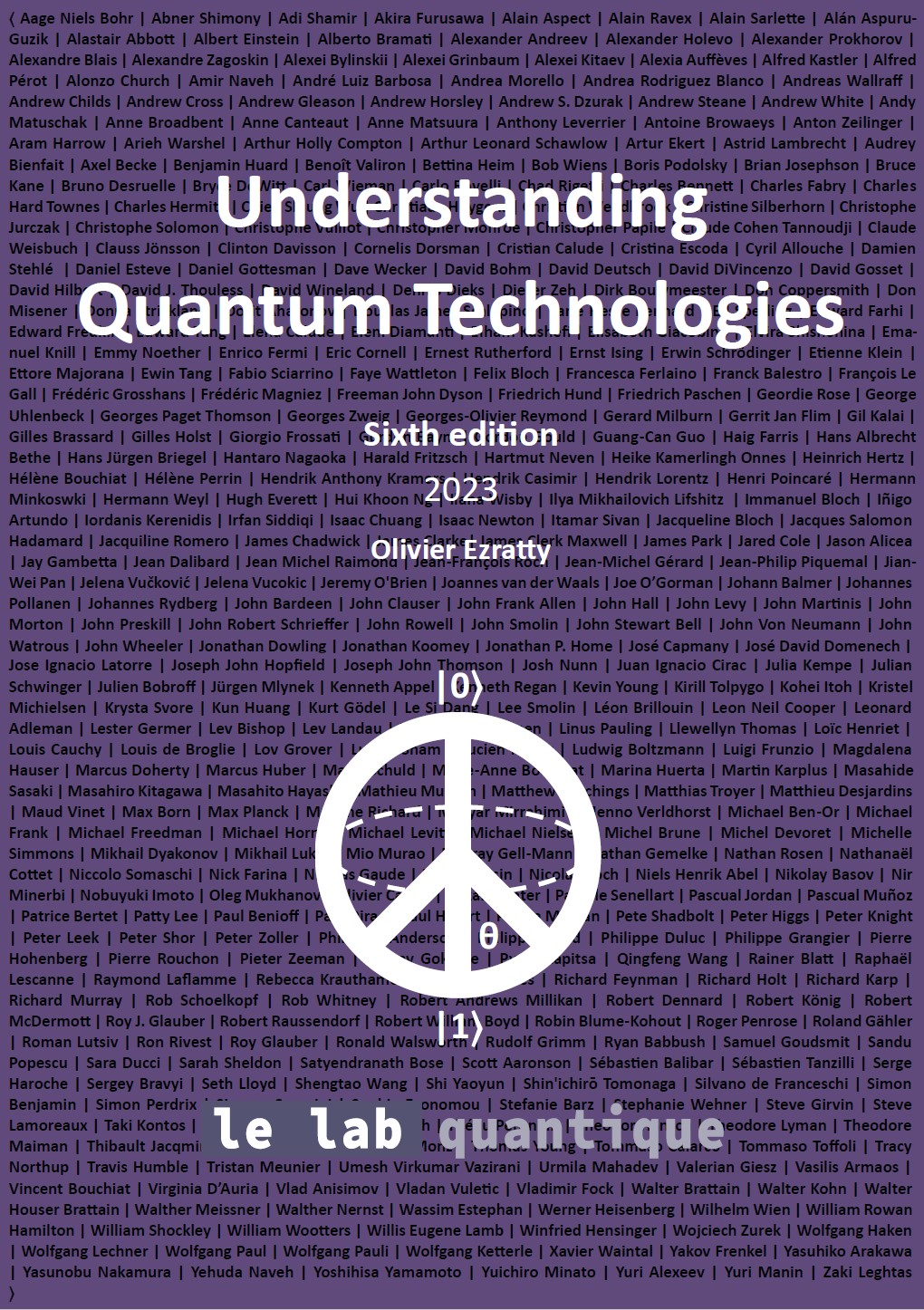
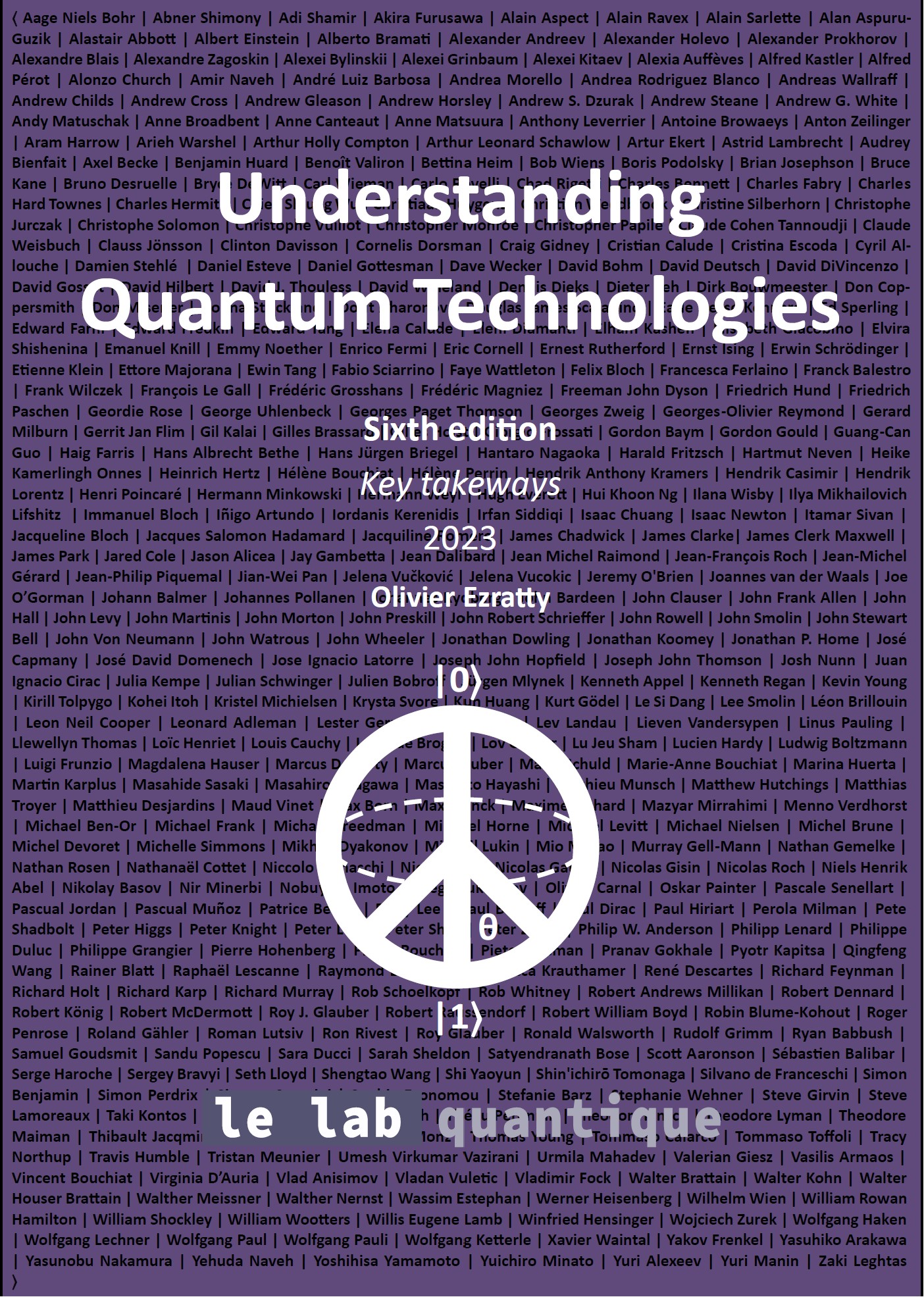
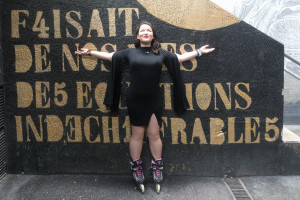
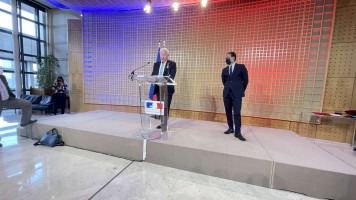
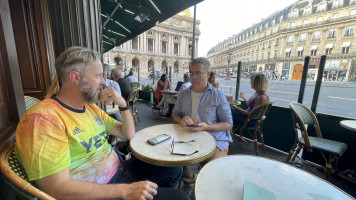
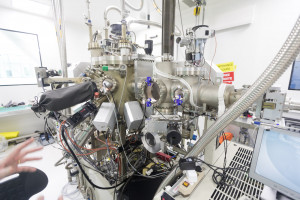
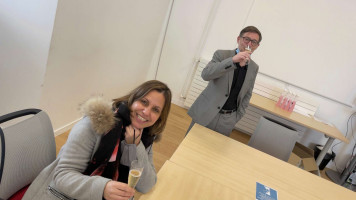
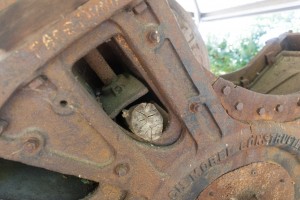
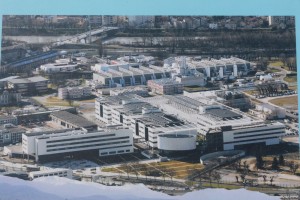

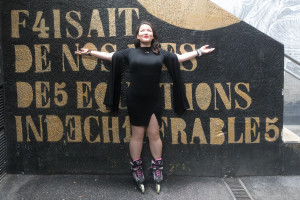
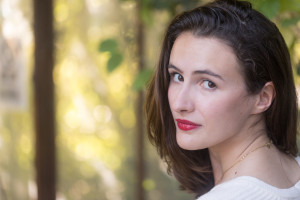
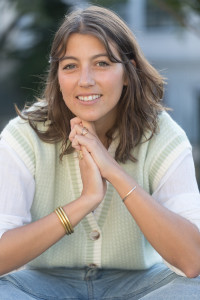
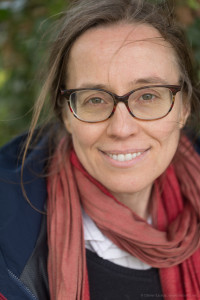
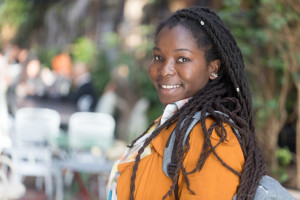
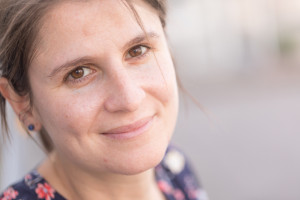
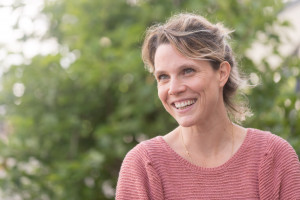
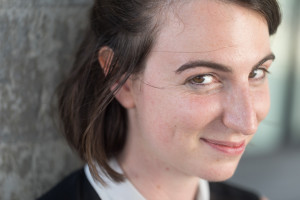
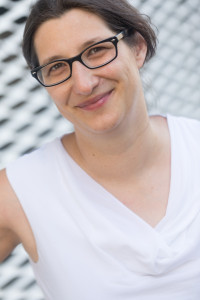
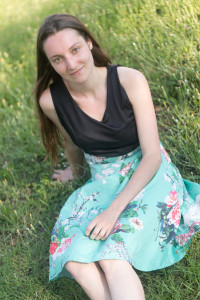
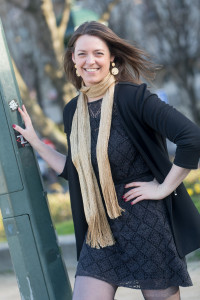
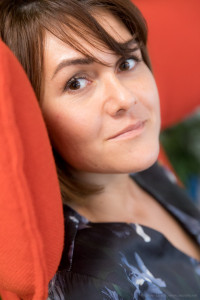
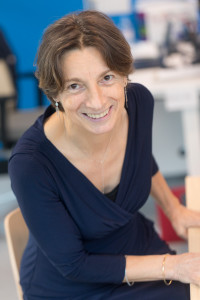
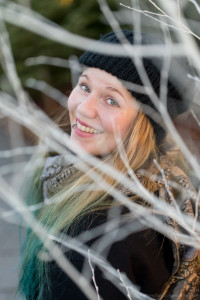
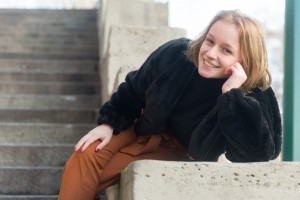
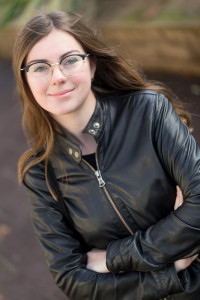
 Articles
Articles